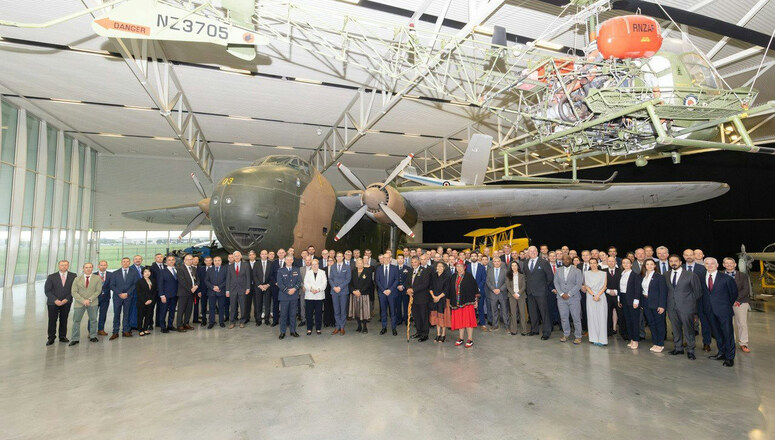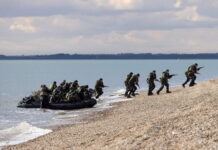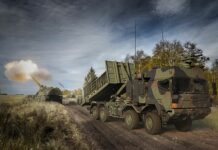The NATO Aviation Committee was hosted by the Royal New Zealand Air Force in Christchurch on 18-20 March 2025. The visit was the first time a NATO senior-policy-level committee met in the Indo-Pacific region and what NATO called “a demonstration of NATO’s commitment to boosting co-operation with its four Indo-Pacific partners: Australia, Japan, New Zealand, and the Republic of Korea.
Over 100 participants – including from partner countries and international organisations – shared views on the challenges faced by the military aviation of NATO and partner countries and on the prospects of enhanced resilience, interoperability and civil-military co-operation.
In the margins of the meeting a NATO Industry Seminar brought together senior civil and military officials and industry leaders from the region to better understand the strategic importance of aviation and space capabilities, share lessons learned and enhance the safe development of cutting-edge commercial innovation. NATO officials also engaged with government officials and representatives of local universities to discuss NATO’s relations with New Zealand.
“In the current context of increasing geopolitical competition, NATO and New Zealand have been strengthening their relations to address shared security challenges and to contribute to defending international law,” NATO stated in a 20 March 2025 press release. “They also co-operate as part of NATO’s broader relations with its partners in the Indo-Pacific region. New Zealand has made valuable contributions to NATO-led operations and missions for many years, and in support to Ukraine – including through the NATO Security Assistance and Training for Ukraine [programme] – following Russia’s full-scale invasion of Ukraine.”
The NATO Aviation Committee advises the North Atlantic Council on a ‘Total System Approach to Aviation (TSAA)’ in support of NATO’s core tasks: collective deterrence and defence, crisis prevention and management, and co-operative security. It contributes to making NATO air activities more effective and to mitigate hazards as well as safety and security risks to air activities. It is NATO’s primary forum for the engagement of international aviation organisations and institutions at the policy and technical levels.






